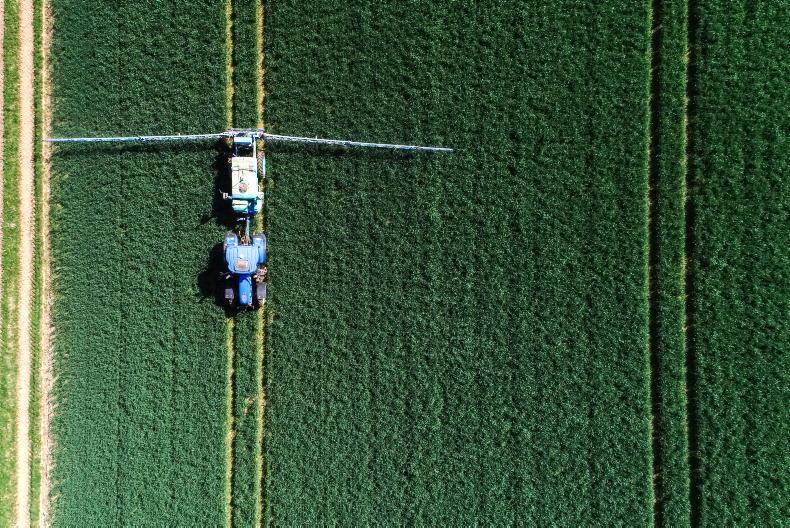The European Food Safety Authority (EFSA) has published its annual report on pesticide residues in food and it found that over 30% of the samples analysed had some traces of residues. However, just under 2% were above the legal limit.
The EU-co-ordinated control programme (EU MACP) analyses samples randomly collected from 12 food products every year.
For 2020, these were carrots, cauliflowers, kiwi fruits, onions, oranges, pears, potatoes, dried beans, brown rice, rye grain, bovine liver and poultry fat.
The same basket of products is sampled every three years, which means upward or downward trends can be identified for specific goods.
Some 12,077 samples were analysed as part of the programme.
68.5% (8,278) were found to be free of quantifiable levels of residues.29.7% (3,590) contained one or more residues in concentrations below or equal to permitted levels.1.7% (209) contained residues exceeding the legal maximum, of which 113 (0.9%) were non-compliant.Overall, 98.2% of the samples were within legal limits.
Data
As well as the harmonised and comparable data collected under the programme, EFSA’s annual report also includes data collected as part of the national control activities carried out by individual EU member states, Norway and Iceland.
The national control programmes are risk-based, targeting products that are likely to contain pesticide residues or for which legal infringements have been identified in previous years.
These programmes give important information to risk managers, but, unlike the data from the EUCP, they do not provide a statistically representative picture of the levels of residues that one would expect to find in food on the shelves in shops across Europe, spokesperson from EFSA said.
Results
"The results from the monitoring programmes are a valuable source of information for estimating dietary exposure of EU consumers to pesticide residues.
"[The] EFSA carried out a dietary risk assessment as part of its analysis of the results, which suggests that the food commodities analysed in 2020 are unlikely to pose a concern for consumer health," the spokesperson said.
The detailed results of the coordinated programme are available on EFSA’s website with browse-able charts and graphs.
The European Food Safety Authority (EFSA) has published its annual report on pesticide residues in food and it found that over 30% of the samples analysed had some traces of residues. However, just under 2% were above the legal limit.
The EU-co-ordinated control programme (EU MACP) analyses samples randomly collected from 12 food products every year.
For 2020, these were carrots, cauliflowers, kiwi fruits, onions, oranges, pears, potatoes, dried beans, brown rice, rye grain, bovine liver and poultry fat.
The same basket of products is sampled every three years, which means upward or downward trends can be identified for specific goods.
Some 12,077 samples were analysed as part of the programme.
68.5% (8,278) were found to be free of quantifiable levels of residues.29.7% (3,590) contained one or more residues in concentrations below or equal to permitted levels.1.7% (209) contained residues exceeding the legal maximum, of which 113 (0.9%) were non-compliant.Overall, 98.2% of the samples were within legal limits.
Data
As well as the harmonised and comparable data collected under the programme, EFSA’s annual report also includes data collected as part of the national control activities carried out by individual EU member states, Norway and Iceland.
The national control programmes are risk-based, targeting products that are likely to contain pesticide residues or for which legal infringements have been identified in previous years.
These programmes give important information to risk managers, but, unlike the data from the EUCP, they do not provide a statistically representative picture of the levels of residues that one would expect to find in food on the shelves in shops across Europe, spokesperson from EFSA said.
Results
"The results from the monitoring programmes are a valuable source of information for estimating dietary exposure of EU consumers to pesticide residues.
"[The] EFSA carried out a dietary risk assessment as part of its analysis of the results, which suggests that the food commodities analysed in 2020 are unlikely to pose a concern for consumer health," the spokesperson said.
The detailed results of the coordinated programme are available on EFSA’s website with browse-able charts and graphs.









SHARING OPTIONS